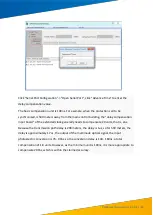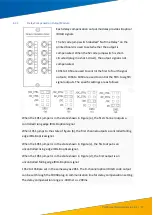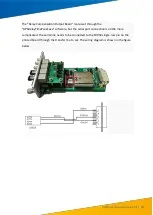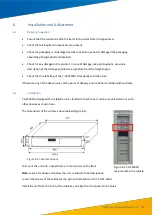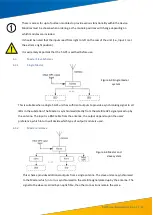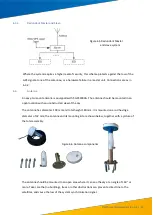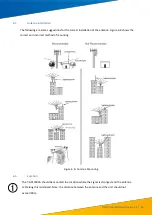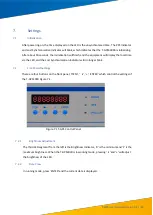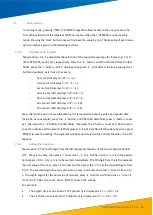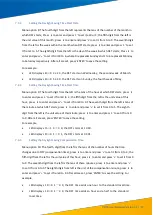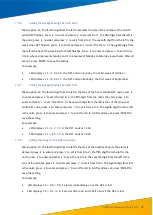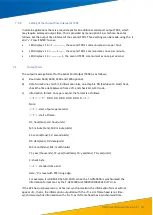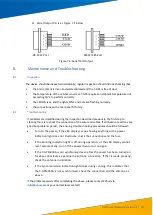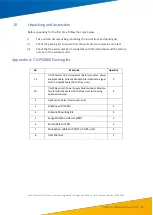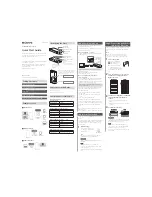
T-GPS User Manual Version 1.2 | 40
a)
Serial Output Pin is as Figure 7.2 below.
RS-232C Port
RS422/485 Port
Figure 7.2: Serial Port Output
8.
Maintenance and Troubleshooting
8.1
Inspection
The device should be inspected periodically, regular inspection should include checking that:
•
the environment is clean and well-ventilated and the T-GPS is free of dust
•
the temperature of the cabinet is normal. T-GPS requires an ambient temperature not
exceeding 50°C to perform correctly.
•
the LED ON is on and the lights SYNC and Com are flashing normally
•
the connections on the rear panel fit firmly
8.2
Troubleshooting
If problems are identified during the inspection described previously, the first step to
clearing them is to check the connection of the wires and cables. If all these connections are
good but problems persist, the ensuing trouble-shooting procedures should be followed:
•
Turn on the power, if the LED displays is no showing anything or the power
indication light does not illuminate, check the connections and the fuse
•
If the Running Indication light is off during operation, or the LED display cannot
reset automatically, turn off the power then turn it on again.
•
If the T-GPS3000A is not synchronised even after the power has been turned on
for about 30 minutes, examine the antenna connection. If that is made properly,
check the antenna installation.
•
If the Synchronisation Indication light blinks during running, this indicates that
the T-GPS3000A is not synchronised, check the connection and the antenna as
above.
If the problem persists after completing the above, please contact Kehui (via

